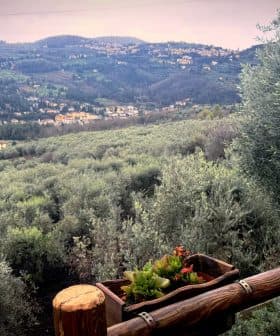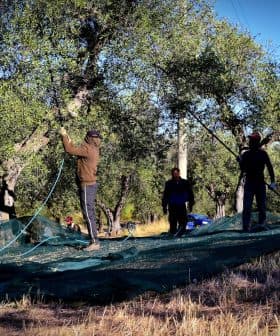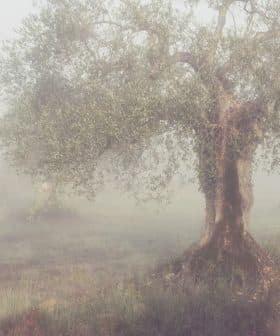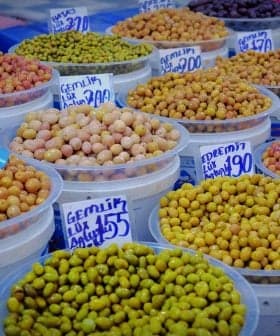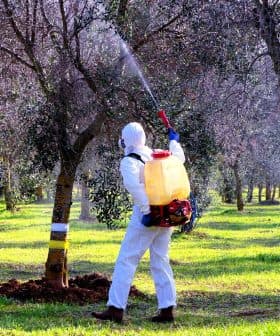Authorities in Puglia Identify New Outbreak of Xylella Fastidiosa
A new significant outbreak of Xylella fastidiosa in Puglia has prompted authorities to declare new infection and containment zones, with 119 newly infected olive trees identified. The disease, which has killed hundreds of thousands of trees in the region over the past decade, continues to spread despite eradication efforts, impacting local olive farmers and plant nurseries.
A new significant outbreak of Xylella fastidiosa in the southern Italian region of Puglia has prompted local authorities to declare new infection and containment zones in the area.
One hundred nineteen newly infected olive trees have been identified on the eastern coast of Puglia, south of Bari.
The National Research Council’s local labs have already confirmed the presence of Xylella fastidiosa pauca bacteria, which cause the deadly Olive Quick Decline Syndrome. The disease has killed hundreds of thousands of trees in the region over the past decade.
See Also:Growers in Xylella-Ravaged Puglia Assess a Delicate HarvestAs a result, phytosanitary authorities in Puglia have formally identified Valle d’Itria as a new red zone. The affected area includes Monopoli, Polignano, Alberobello and part of Castellana Grotte.
The trees were identified by the widespread Xylella-monitoring scheme enacted by the authorities with the help of local agricultural associations and volunteers.
The trees found to be infected by the pathogen will be destroyed following European eradication and containment protocol. The measures require any olive tree located within a 50-meter radius of the infected plant to be destroyed.
Since Xylella fastidiosa can replicate and infect hundreds of plant species, the current protocol also requires extensive monitoring of all vegetation and removal of any potential source of further infection.
The new red zone will be surrounded by a five-kilometer buffer zone, where the existing vegetation also will be monitored.
While these measures have been adopted in the last few years to contain the disease’s spread, Xylella fastidiosa continues to infect trees in new areas.
Since June, more than 1,000 olive trees have been destroyed to contain the infection. Since Xylella fastidiosa was first discovered in the region nearly 10 years ago, it has spread to approximately 8,000 square kilometers, about 40 percent of Puglia.
In 2022, 240 newly infected olive trees were identified, signaling the ability of the infection to evade current monitoring and containment strategies.
One of the drivers of the new outbreaks is the bacteria’s ability to infect a range of plants. A few hours after establishing the new red zone, local researchers identified Xylella fastidiosa in a previously unknown host: Prunus mahaleb.
Overall, nearly 600 known plant species are susceptible to infection by Xylella fastidiosa.
Donato Boscia, a scientist at the National Research Council, said Prunus mahaleb, the cherry rootstock widely used in Puglia, is the 36th host plant species identified in the region.
Savino Muraglia, president of Coldiretti Puglia, an agricultural association, described the discovery as a significant setback for local olive farmers.
“[It is] a new blow to farms and plant nurseries as well as to phytosanitary offices on the territory,” he said. “The situation jeopardizes the economic activities in the Xylella-affected areas and even the status of Apulian plant nurseries in the international markets, representing a crucial portion of the Made-in-Italy exports.”



